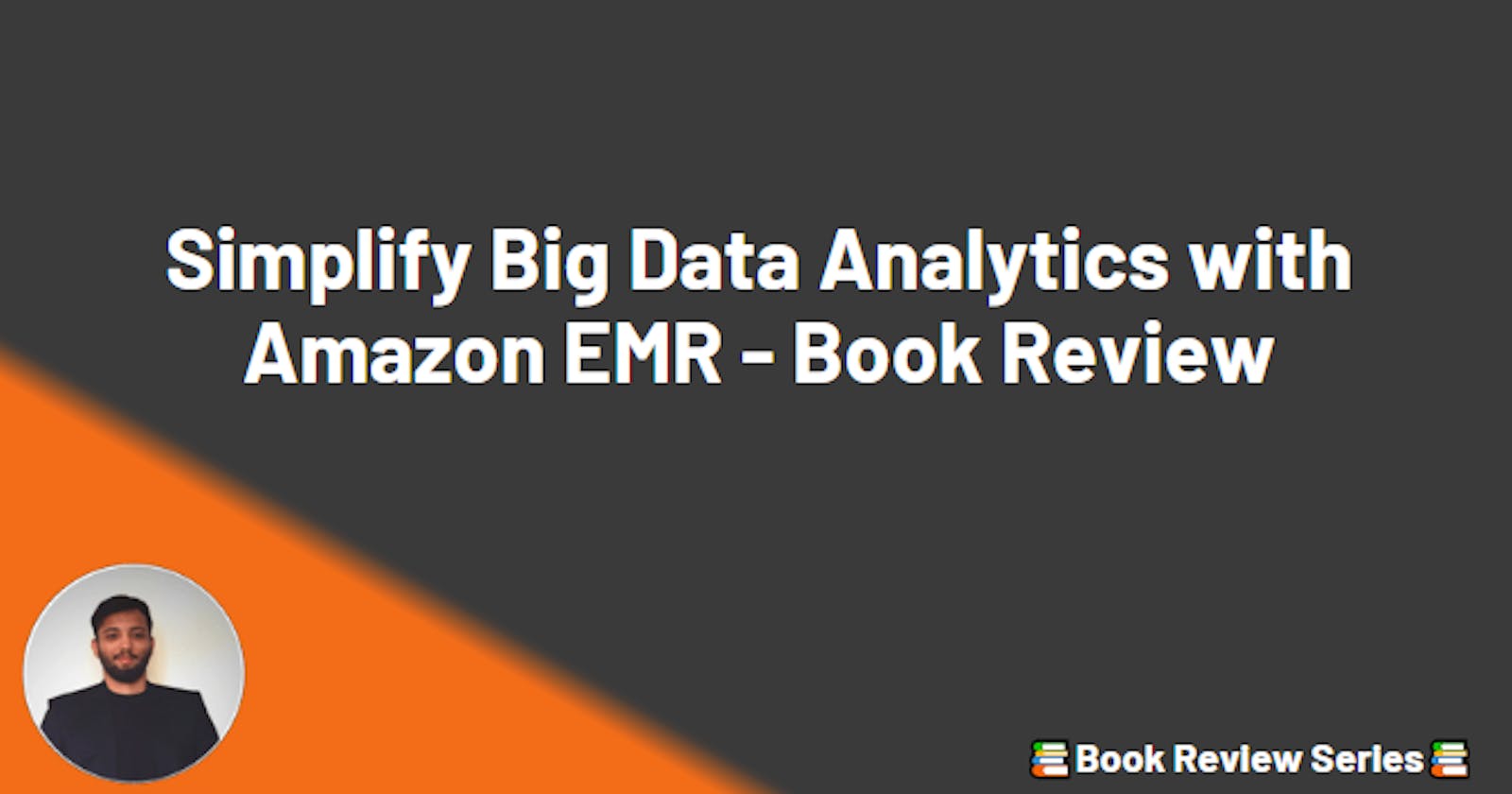Amazon Elastic MapReduce (EMR) provides a managed offering for Hadoop ecosystem services, so that businesses can focus on building analytics pipelines and save time on managing infrastructure. This makes Amazon EMR the top choice for Hadoop, Spark, and big data workloads.
This book is useful to both beginners and technologists who want to learn advanced concepts of EMR. Basic knowledge of AWS and Hadoop is expected so that you can understand better and easily dive deep into advanced concepts.
This book will help you architect and implement Hadoop-/Spark-based solutions with transient (job-based) or persistent (multi-tenant/long-running) EMR clusters. In addition, you will be able to understand how a complete end-to-end data analytics solution can be implemented with Amazon EMR for batch, real-time streaming, or interactive workloads. You will also gain knowledge about migration approaches, best practices, and cost optimization techniques that you can follow while implementing big data analytics workloads with EMR.
Who this book is for ?
- This book is targeted at data engineers, data analysts, data scientists, and solution architects who are interested in building data analytics pipelines with Hadoop ecosystem services such as Hive, Spark, Presto, HBase, and Hudi. It is required that you have some prior basic knowledge of a few Hadoop ecosystem components and AWS, as well as experience with a programming language such as Python or Scala.
Section 1: Overview, Architecture, Big Data Applications, and Common Use Cases of Amazon EMR
- This section will provide an overview of Amazon EMR, along with its architecture, cluster nodes, features, benefits, different deployment options, and pricing. Then it will provide an overview of different big data applications EMR supports and showcase common architecture patterns we see with Amazon EMR.
This section comprises the following chapters: • Chapter 1, An Overview of Amazon EMR • Chapter 2, Exploring the Architecture and Deployment Options • Chapter 3, Common Use Cases and Architecture Patterns • Chapter 4, Big Data Applications and Notebooks available in Amazon EMR
Section 2: Configuration, Scaling, Data Security, and Governance
- This part of the book will go deep into the advanced configuration of EMR applications, hardware, networking, security, troubleshooting, logging, and the different SDKs/API required to launch and manage EMR clusters. This section will also provide the details of different scaling options and explain the security aspects of EMR such as data protection, authentication, and granular permission management with AWS Lake Formation and Apache Ranger.
This section comprises the following chapters: • Chapter 5, Setting Up and Configuring EMR Clusters • Chapter 6, Monitoring, Scaling, and High Availability • Chapter 7, Understanding Security in Amazon EMR • Chapter 8, Understanding Data Governance in Amazon EMR
Section 3: Implementing Common Use Cases and Best Practices
- This part of the book will explain how to implement the most common use cases of Amazon EMR, including batch ETL with Spark, real-time streaming with Spark Streaming, and handling UPSERT operations in S3 data lakes with Apache Hudi. Then it will explain how you can orchestrate your EMR jobs and how you can strategize on-premises Hadoop cluster migration to EMR, and finally, it will cover some of the best practices and cost optimization techniques you can follow while implementing your data analytics pipeline in EMR.
This section comprises the following chapters: • Chapter 9, Implementing Batch ETL Pipeline with Amazon EMR and Apache Spark • Chapter 10, Implementing Real-Time Streaming with Amazon EMR and Spark Streaming • Chapter 11, Implementing UPSERT on S3 Data Lake with Apache Spark and Apache Hudi • Chapter 12, Orchestrating Amazon EMR Jobs with AWS Step Functions and Apache Airflow/MWAA • Chapter 13, Migrating On-Premises Hadoop Workloads to Amazon EMR • Chapter 14, Best Practices and Cost Optimization Techniques
Conclusion
- I thoroughly enjoyed reading "Simplify Big Data Analytics with Amazon EMR" by Sakti Mishra. Thank you to Shifa Ansari at Packt team for sharing this book and for the opportunity of an Editorial Review of the same. Strongly recommend it for Learning and Impleme the data analytics solutions using EMR.
Personally, I loved 👀👇:
👉 The book starts by exploring the features available in Amazon EMR which include easy provisioning, managed scaling, and reconfiguring of clusters, and EMR Studio for collaborative development.
👉 the book does a good job of explaining how because of using EMR, businesses can focus on building analytics pipelines and save time on managing infrastructure. Thus makes Amazon EMR the top choice for Hadoop, Spark, and big data workloads.
👉 Finally it helps us understand how learning and implementing Amazon EMR can help businesses build better data analytics solutions.
👉 Link of the Book is here
This post is a collaboration with Packt, I recommend following them if you are interested in book releases and growing the community! ❤

